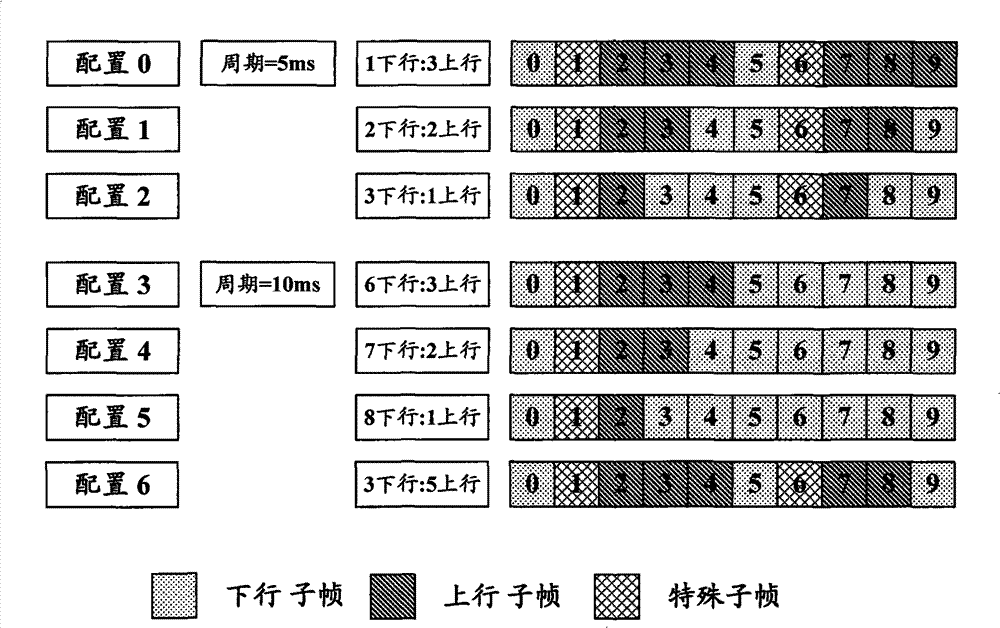Control method for repeatedly transmitting ACK/NACK and user equipment (UE)
A technology of repeated transmission and control method, which is applied in the field of mobile communication, and can solve problems affecting the performance of the ACK/NACK repeated transmission mechanism, downlink data reception errors, and ACK/NACK signals without uplink transmission resources, etc.
- Summary
- Abstract
- Description
- Claims
- Application Information
AI Technical Summary
Problems solved by technology
Method used
Image
Examples
Embodiment Construction
[0028] It is clearly defined in the prior art that all ACK / NACK signals of each HARQ process must be completely transmitted, so that even if the base station correctly judges the ACK / NACK signal of the previous process with the same process number and correctly triggers a new HARQ process, the previous process When there are remaining ACK / NACK signals of a process, the uplink subframe transmission resources still need to be occupied, and the ACK / NACK signals of other HARQ processes cannot be transmitted in time. Transmission mechanism performance, when the UE receives downlink data of a new HARQ process, if it judges that the base station has correctly judged the ACK / NACK signal of the previous process with the same process number, and there is an unsent previous process with the same process number For the remaining ACK / NACK signal of the process, the remaining ACK / NACK signal of the previous process with the same process number will no longer be sent. Only when the base stati...
PUM
 Login to View More
Login to View More Abstract
Description
Claims
Application Information
 Login to View More
Login to View More - R&D
- Intellectual Property
- Life Sciences
- Materials
- Tech Scout
- Unparalleled Data Quality
- Higher Quality Content
- 60% Fewer Hallucinations
Browse by: Latest US Patents, China's latest patents, Technical Efficacy Thesaurus, Application Domain, Technology Topic, Popular Technical Reports.
© 2025 PatSnap. All rights reserved.Legal|Privacy policy|Modern Slavery Act Transparency Statement|Sitemap|About US| Contact US: help@patsnap.com



